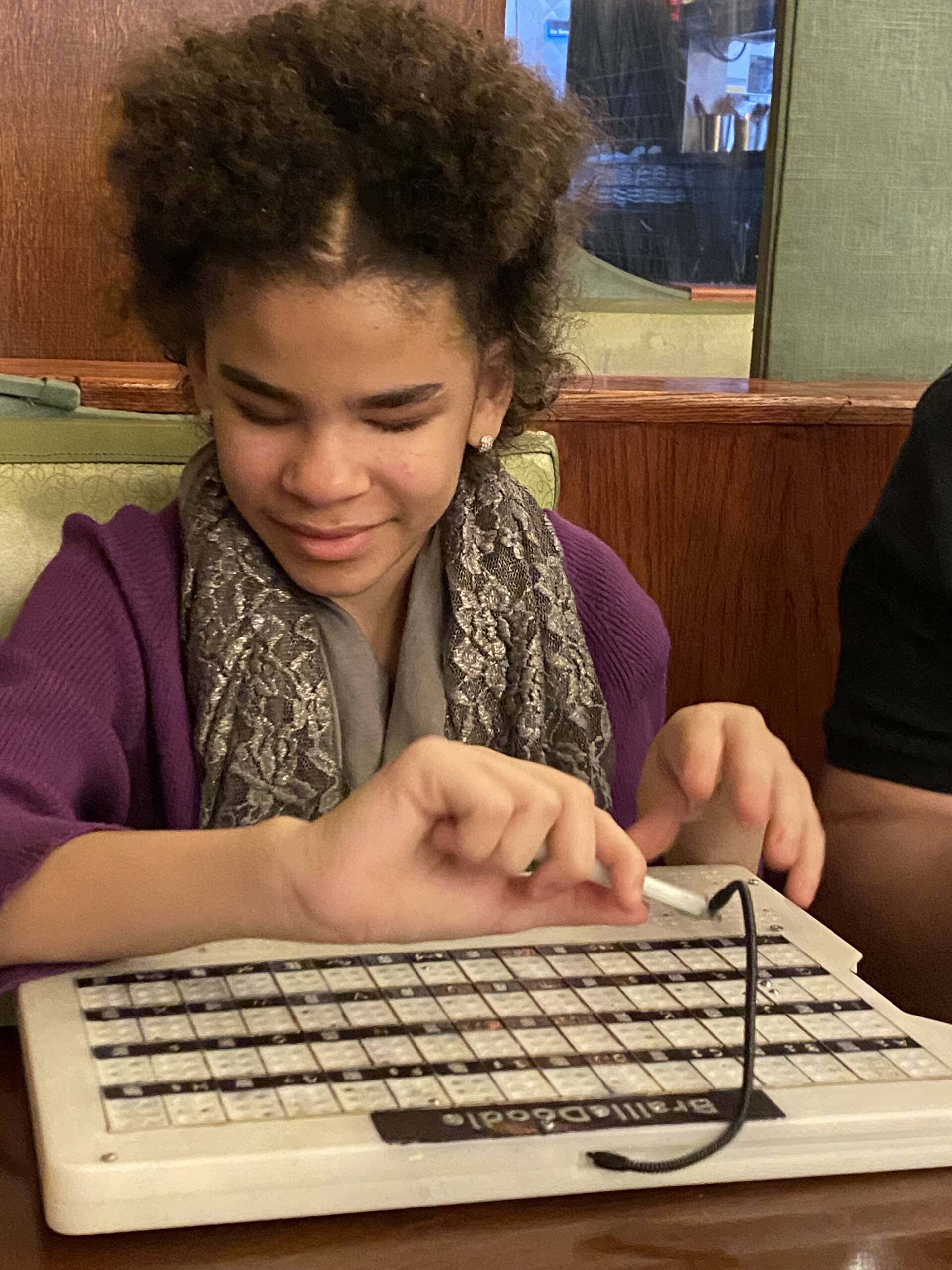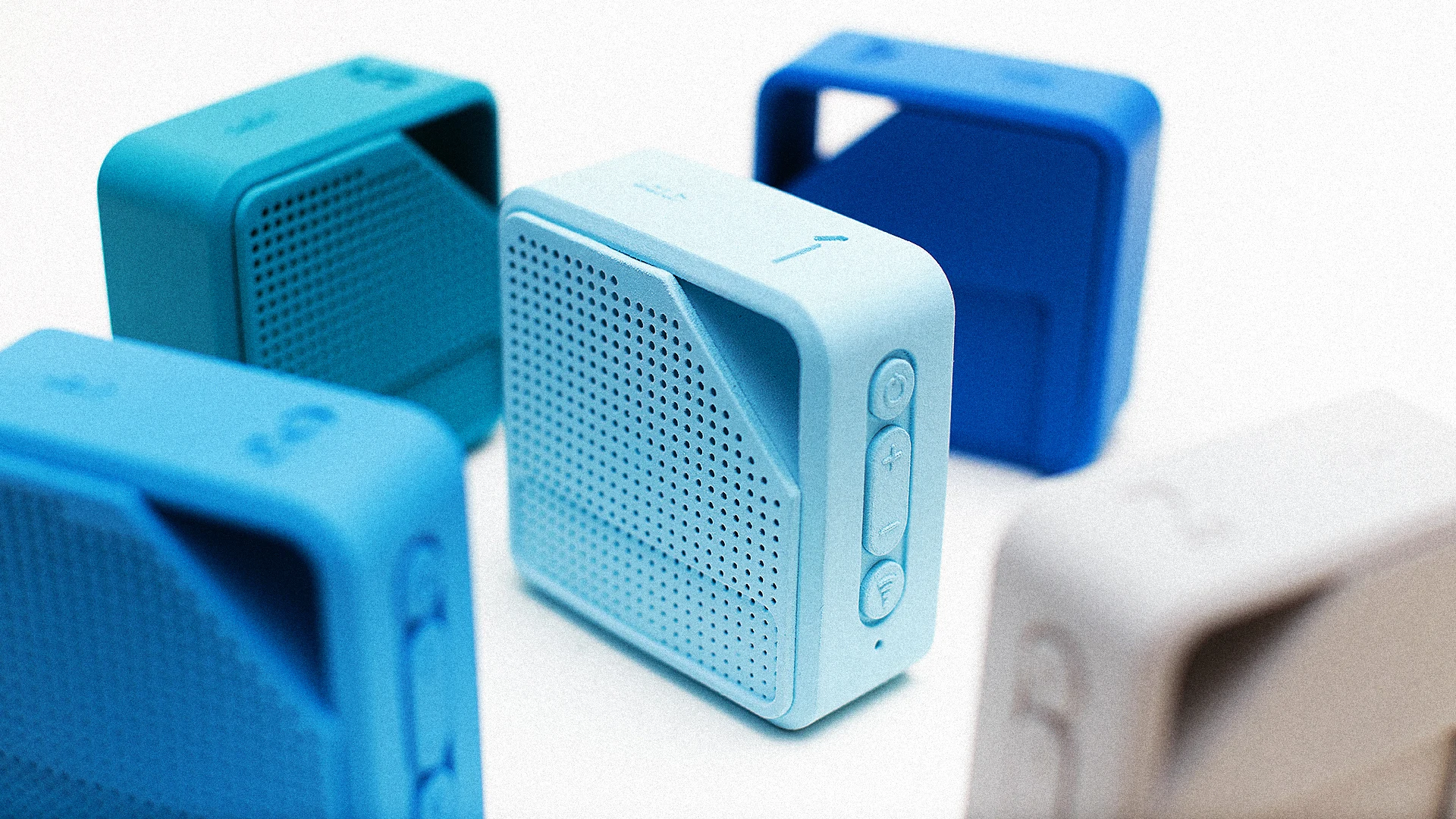AI-Powered Visual Aids: Enhancing Independence for Blind Users
AI-Powered Visual Aids: Enhancing Independence for Blind Users
Blog Article
Discover Ingenious Devices Created for the Visually Damaged
The advancement of cutting-edge devices for the visually impaired stands for a substantial innovation in access and self-reliance. Technologies such as clever glasses with AI abilities and mobile applications designed to supply auditory descriptions are improving daily experiences for customers.
Smart Glasses for Navigation

Smart glasses created for navigating are transforming the way visually impaired people engage with their setting. These advanced devices use a mix of electronic camera modern technology, synthetic knowledge, and acoustic comments to provide real-time information concerning surroundings. By utilizing challenge discovery systems, smart glasses can notify individuals to potential dangers, making it possible for safer movement in both unfamiliar and acquainted settings.
The integration of GPS innovation additionally boosts navigation capabilities, allowing individuals to receive auditory directions as they move. This hands-free strategy not just cultivates independence but also empowers visually damaged individuals to navigate urban landscapes with increased confidence. Furthermore, numerous clever glasses are furnished with features that determine landmarks and street indications, supplying contextual info that boosts the user experience.
Additionally, the advancement of these devices is continually advancing, with companies functioning to boost the accuracy of things acknowledgment and increase the array of navigational functions. As clever glasses become a lot more affordable and easily accessible, they hold the prospective to considerably change day-to-day life for visually impaired customers. Inevitably, these ingenious tools stand for a critical step toward inclusivity, offering boosted movement and a greater feeling of autonomy for individuals navigating the globe around them.

Mobile Apps for Daily Living
Exactly how can mobile applications improve the every day lives of visually damaged people? Mobile apps are changing the means visually damaged users navigate their settings, handle everyday tasks, and gain access to details. These applications offer necessary support via various performances, fostering self-reliance and enhancing lifestyle.
A number of ingenious mobile applications are made particularly for everyday living. Applications like Be My Eyes link aesthetically damaged users with sighted volunteers by means of video clip phone calls, enabling them to get real-time assistance with jobs such as reviewing labels or navigating strange rooms. In A Similar Way, Seeing AI, established by Microsoft, uses expert system to explain environments, reviewed text, and recognize objects, effectively transforming a smartphone right into an effective tool for daily support.
In addition, navigating apps customized for the visually impaired, such as Aira and BlindSquare, use audio-based directions and ecological details, allowing users to traverse their surroundings securely and with confidence. Beyond navigating and instant assistance, mobile apps likewise support organization and job monitoring, with attributes that aid customers set tips, develop order of business, and track appointments. In summary, mobile applications act as essential sources, empowering visually damaged people to lead even more independent and fulfilling lives.
Wearable Technologies for Assistance
Empowerment with innovation is increasingly apparent in the world of wearable tools developed to help visually impaired individuals. These ingenious devices integrate effortlessly right into everyday life, boosting navigation and supplying vital responses to individuals. For circumstances, smart glasses furnished with cameras can recognize faces and read text aloud, allowing users to interact more confidently in social and expert setups.
One more remarkable innovation is using haptic responses systems in wearable gadgets. These systems utilize vibrations or other tactile signals to communicate info regarding the customer's setting, such as challenges or modifications in surface, enhancing wheelchair and safety. Wearable innovations additionally include wristbands that connect to mobile phones, signaling customers to alerts through refined vibrations, thus enhancing connectivity without reliance on visual signs.
As these technologies proceed to advance, they are not only improving independence for aesthetically damaged people yet likewise promoting a better sense of inclusion in culture. By bridging the space in between difficulties encountered in daily living and the capacity for freedom, wearable technologies act as critical devices in the quest for equality and empowerment for those with visual disabilities.
Sound Summary Devices
Audio summary tools play an essential function in boosting availability for aesthetically damaged people, supplying them with the capacity to involve with visual media. Speech-to-text devices for low vision. These devices supply narrated descriptions of key aesthetic elements in films, tv programs, and live performances, ensuring that customers can fully comprehend the context and feelings communicated with visuals
Audio summary can be incorporated right into various platforms, including streaming services, movie theater testings, and live cinema. Lots of popular streaming solutions currently include audio summary as an ease of access attribute, enabling audiences to select it conveniently. In enhancement to conventional media, specialized apps additionally exist, giving audio descriptions for art exhibits, museums, and various other cultural occasions.
The voice activated phones for the blind performance of audio description hinges on the skill of the narrators, who have to convey aesthetic information succinctly without detracting from the original audio. Innovations in this area are additionally leading the way for even more tailored experiences, where users can adjust the degree of detail and pacing according to their preferences.
Braille Innovations and Tools
Braille tools and innovations have dramatically transformed the way aesthetically damaged people communicate with message and details. Modern advancements have actually led to the growth of flexible devices that enhance literacy and freedom amongst individuals.
In addition, portable Braille notetakers integrate traditional Braille input with contemporary functionalities, assisting in note-taking, organizing, and document editing and enhancing on the go. AI-powered visual aids. These compact tools commonly include text-to-speech capacities, linking the space in between Braille and acoustic details
Furthermore, innovative Braille printers have arised, enabling individuals to generate Braille tags, records, and educational materials efficiently. This ease of access cultivates greater involvement in professional and academic settings, eventually advertising inclusivity.
In addition, research study right into clever Braille innovations remains to broaden. Gadgets that integrate artificial intelligence are being checked out to give real-time navigating support and contextual details, improving the individual experience in diverse setups. Generally, these developments reflect a commitment to equipping visually damaged people with innovation, guaranteeing they can quickly accessibility and engage with the globe around them.

Conclusion
The improvement of ingenious tools for the visually impaired considerably improves freedom and top quality of life. These modern technologies not just foster greater inclusion yet also promote freedom in day-to-day activities, eventually contributing to a more available and equitable culture for visually damaged people.
As smart glasses come to be much more affordable and available, they hold the possible to considerably change everyday life for visually impaired users. Mobile apps are reinventing the means aesthetically impaired individuals browse their settings, handle day-to-day tasks, and gain access to information. Apps like Be My Eyes connect visually damaged individuals with sighted volunteers through video click to read more phone calls, allowing them to get real-time support with jobs such as reviewing labels or navigating unfamiliar spaces.In addition, navigation apps customized for the visually impaired, such as Aira and BlindSquare, supply audio-based instructions and environmental details, enabling users to traverse their surroundings safely and with confidence.The innovation of innovative devices for the visually damaged substantially improves independence and quality my company of life.
Report this page